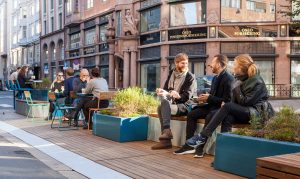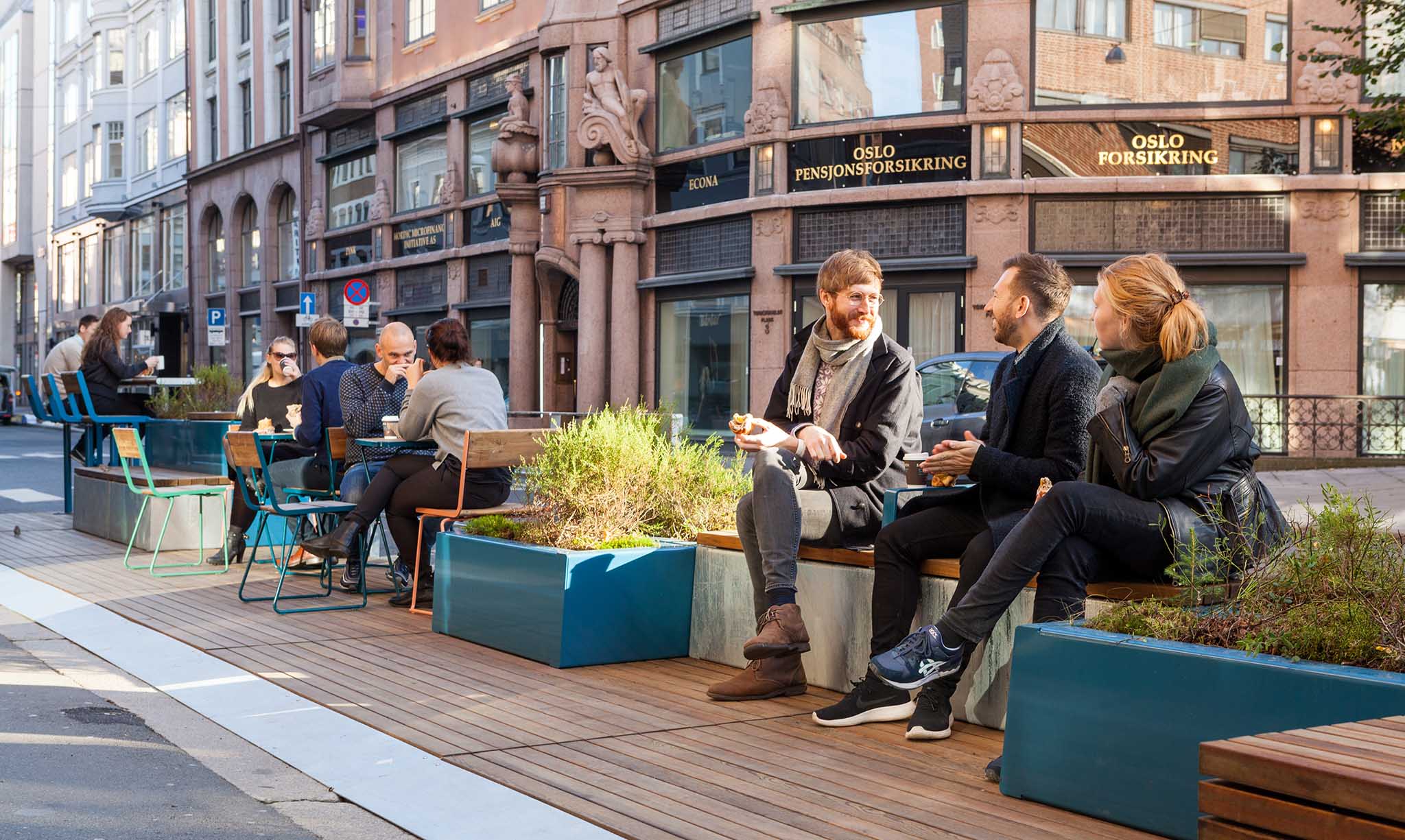
Introduction
Public urban spaces, such as neighborhoods, parks, squares, and open urban areas, serve as primary platforms for social interactions and encounters among citizens. These spaces play a vital role in shaping civic spirit, social connections, and enhancing the quality of life. One of the key factors influencing the formation and strengthening of these interactions is the design and placement of urban furniture. Urban furniture should not only be functional and aesthetic but also create suitable conditions for social interaction and foster a sense of belonging and comfort among people.
Urban Furniture and Its Role in Public Spaces
Urban furniture includes various elements such as benches, trash bins, shade structures, transit stops, artistic installations, and other amenities used in the design of public spaces. The main goal of designing urban furniture is to provide comfort and convenience, create attractive and inviting environments, and ultimately improve the quality of social interactions.
The Impact of Urban Furniture Design on Social Interactions
According to various studies, well-designed urban furniture can have positive effects on social interactions:
- Increasing Opportunities for Meeting and Conversation: Properly designed benches create spaces where people can sit together, converse, and strengthen social ties.
- Fostering a Sense of Belonging and Security: Attractive and user-friendly urban furniture enhances feelings of security and belonging, encouraging more people to participate and engage in public spaces.
- Encouraging Group Activities: Spaces equipped with suitable furniture serve as venues for gatherings, cultural events, and collective activities.
- Facilitating Accessibility and Participation: Inclusive designs for people with special needs motivate greater participation in social activities and broaden social interactions.
Successful Examples Around the World
Many developed cities feature successful examples of urban furniture design that significantly promote social engagement. For instance, in Stockholm, thoughtfully designed urban furniture, large green areas, and artistic elements have created appealing environments for social interactions. Studies there indicate that smart urban furniture design increased social conversations and collaborations by approximately 30%.
Conclusion
Urban furniture plays a vital role in creating active and vibrant public spaces. The design, placement, and materials used directly influence the quantity and quality of social interactions. Therefore, paying attention to user-centered and flexible design principles in urban furniture can significantly improve urban life and foster positive social interactions among residents.




